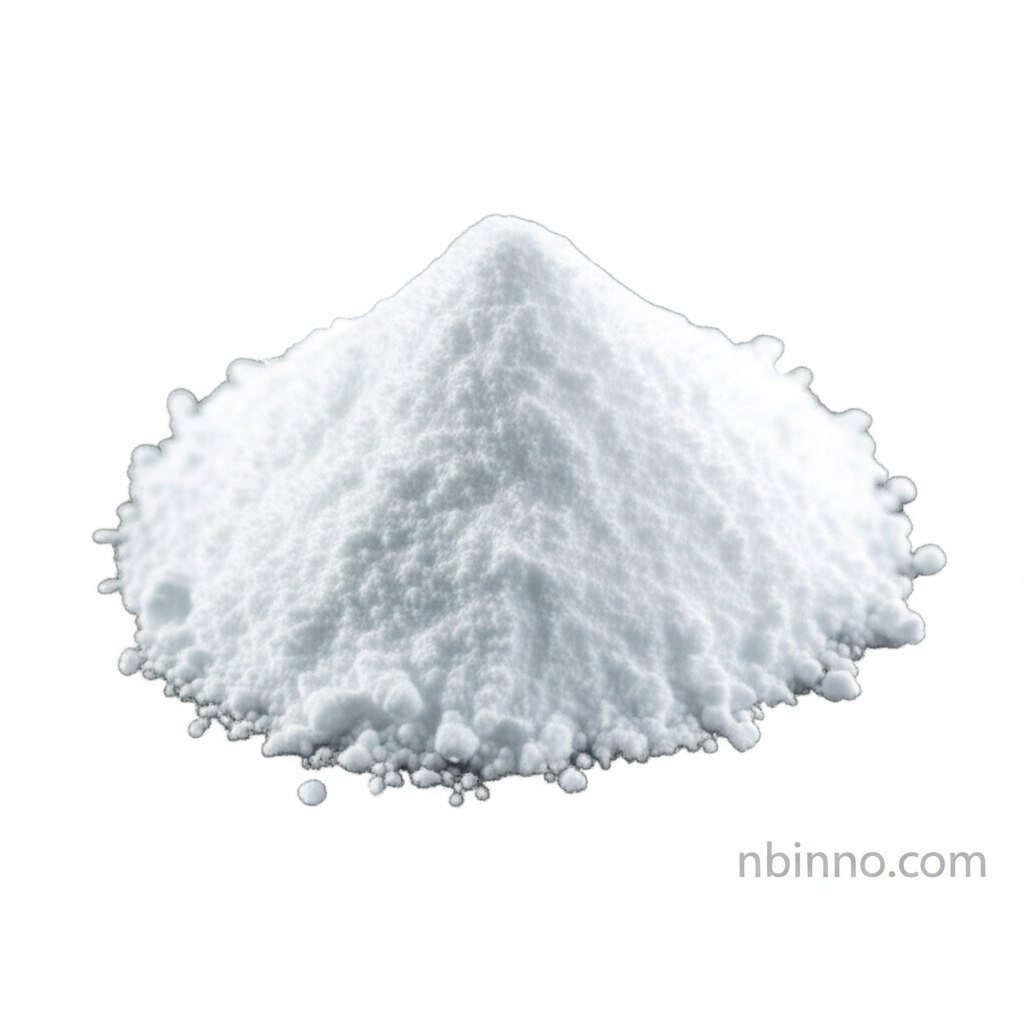S-Adenosyl-L-methionine: Unveiling its Metabolism and Impact on Liver Health
Explore the intricate role of SAMe in liver function and disease, from metabolic pathways to therapeutic potential.
Get a Quote & SampleProduct Core Value

S-Adenosyl-L-methionine
This vital molecule, S-Adenosyl-L-methionine (SAMe), plays a pivotal role in numerous biochemical processes essential for liver health. It serves as a primary methyl donor for critical methylation reactions, including DNA, proteins, and phospholipids, and is fundamental to polyamine synthesis. Its metabolic balance is meticulously regulated by the liver, impacting overall hepatic function and disease progression.
- Understanding the S-Adenosyl-L-methionine metabolism in liver disease provides insights into various hepatic conditions.
- The SAMe and liver function relationship is crucial for maintaining cellular integrity and metabolic balance.
- Disruptions in the methionine cycle in chronic liver disease can lead to significant pathological consequences.
- Research into SAMe for NAFLD treatment suggests its potential in managing nonalcoholic fatty liver disease.
Key Advantages
Metabolic Regulation
SAMe is central to the intricate methionine cycle, enabling vital methylation processes that are fundamental for cellular function and detoxification.
Therapeutic Potential
The exploration of therapeutic implications of SAMe in hepatitis highlights its promise in addressing viral liver infections.
Disease Prevention
Studies on chemoprevention of HCC with SAMe indicate its potential role in preventing the development of liver cancer.
Key Applications
Improving Liver Function
SAMe is clinically utilized to enhance overall liver function, supporting its regenerative and metabolic processes. Examining liver health benefits of S-Adenosyl-methionine is key.
Managing Liver Diseases
Research into SAMe treatment for liver fibrosis explores its capacity to mitigate scar tissue formation and improve liver structure.
Neurological Support
In conjunction with L-Dopa, SAMe aids in the treatment of Parkinson's disease, potentially improving efficacy and reducing side effects.
Addressing Metabolic Disorders
Understanding the methionine cycle in chronic liver disease is essential for developing targeted therapies for conditions like NAFLD.
